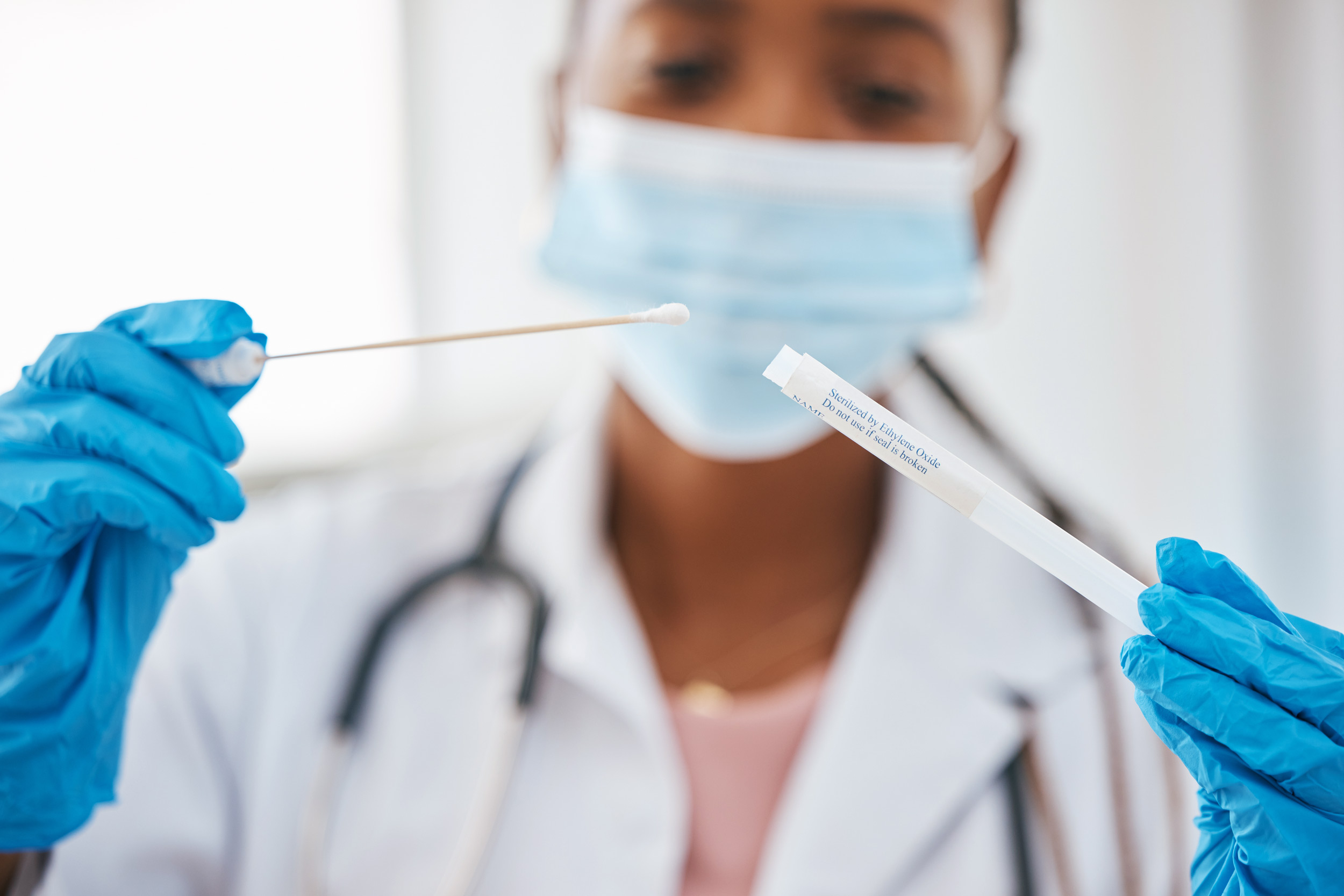Earlier this year the Food and Drug Administration approved a new human papillomavirus test that allows for self-collection of samples in a health care setting, thereby removing what many say is an invasive technique using a speculum.
Previously, gynecologists used the device to widen the vaginal walls to collect cells from the cervix to test for cervical cancer. The American Medical Association began recommending the Pap smear in 1960.
UVA Today reached out to Dr. Carrie Sopata, a gynecologist at UVA Health and an associate professor of obstetrics and gynecology in the University of Virginia School of Medicine, to learn more about the advance.
Q. First, let’s talk about the traditional Pap smear approach. How is it done?
A. The Pap smear is a screening test for cervical cancer and it was developed by George Papanicolaou. Essentially, what he did was scrape cells from the vagina of volunteers and looked at those cells under the microscope for signs of cervical cancer. That eventually led to the development of our current Pap smear test, which essentially still does the same thing.

Dr. Carrie Sopata, a gynecologist at UVA Health, says the new do-it-yourself test is a welcome advance in women’s health care, which she says lags in funding. (Photo by Matt Riley, University Communications)
We now do two tests on those cells. We do an HPV test looking for the human papillomavirus. And then the second part of that test is looking at those cells under the microscope looking for signs of early pre-cancer or cancer of the cervix.
Q. So, what is new?
A. This test, that was approved by the FDA, is the HPV part of that test alone. We know that looking for the HPV virus itself is more sensitive than looking at the cells under the microscope. You’re more likely to find pre-cancer and eventually cancer if you look for the HPV infection.
Q. What happens if a patient tests positive for HPV?
A. If the HPV is positive, a patient will be referred to colposcopy to look at their cervix more closely with a microscope. Colposcopy is done in the office by a gynecologist or trained colposcopist. We place the speculum just like you were having a traditional Pap smear and then we use a microscope to look at the cervix more closely. We use different solutions that we put on the cervix, and if we see any abnormalities under the microscope, we take biopsies.










